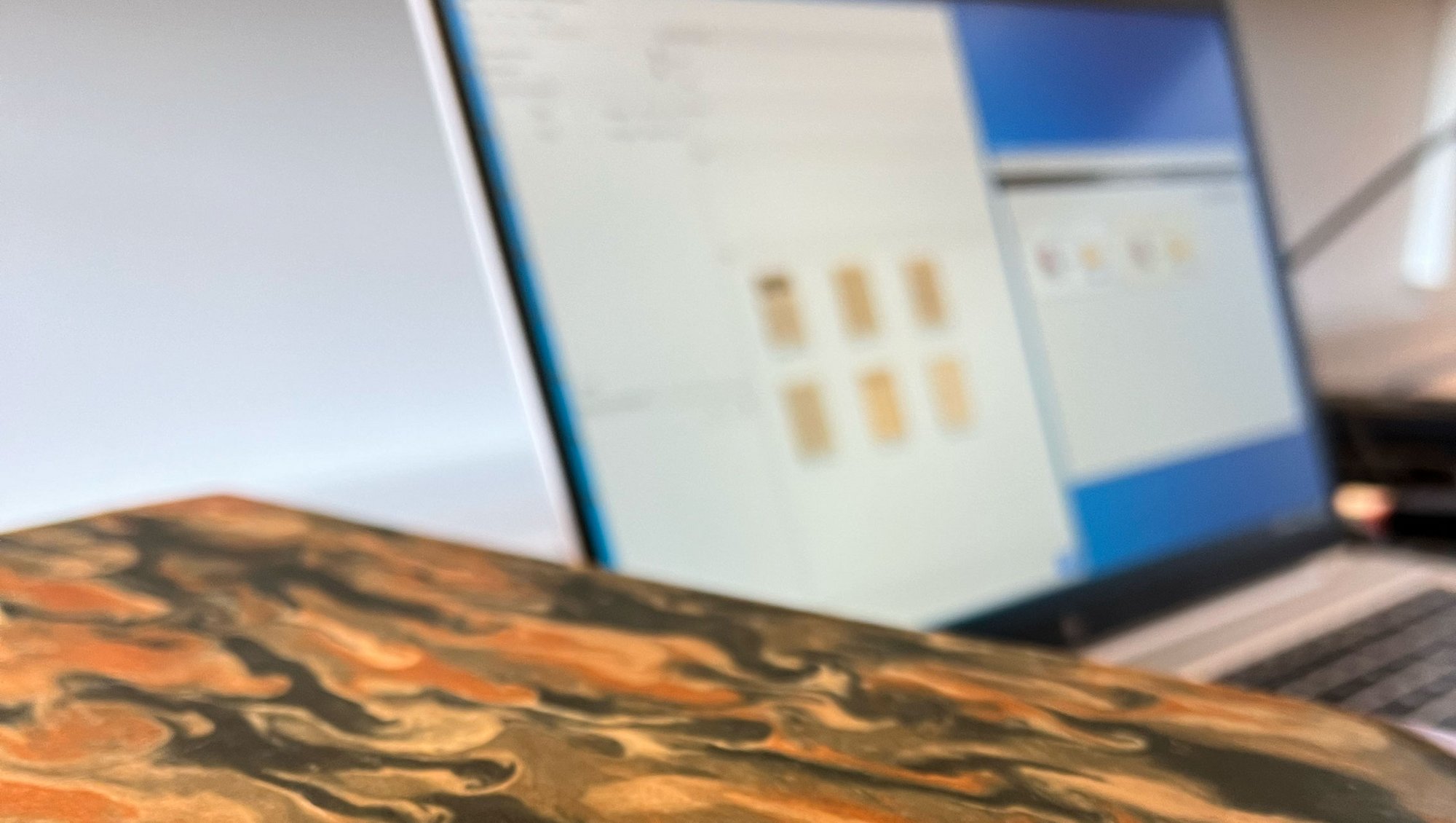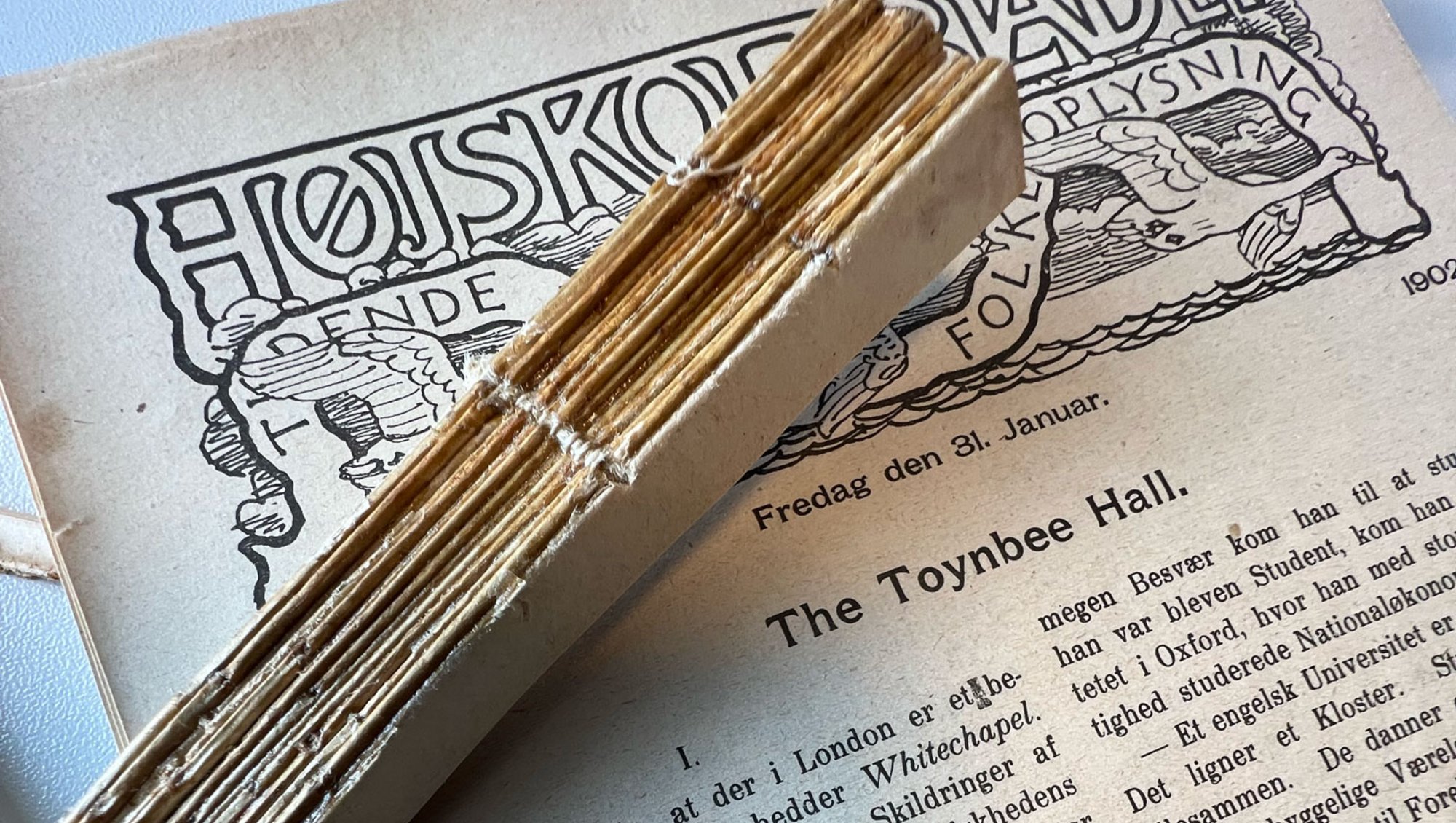Højskolebladet
Digitising all issues of Højskolebladet for research purposes
A grant from Carlsberg Fondet has enabled Center for Grundtvig Studies at Aarhus University to digitise all issues of Højskolebladet from 1876 up until today. The digitisation project is part of the center’s broader work on publications of all Grundtvig’s writings on grundtvigsvaerker.dk – a lengthy project due to the enormous archive of writings by the Danish author, theologian, philologist, politician, and significant character within the Danish Folk High School Movement.
“Højskolebladet is a significant part of Danish cultural heritage; it provides insights to major trends and shifts in the perception of the (wished-for) calibration between pedagogical, political, and religious spheres in modern Denmark. At least as this was conceived within the milieu of the Folk High School Movement. The first issue was published in 1876 and it has been running at a weekly, monthly, or quarterly pace ever since. As such it invites for computational, longitudinal studies of Danish cultural history in modern time. Material fit for such investigations is sparse. The digitalisation of Højskolebladet will remedy this fact.”
- Katrine Frøkjær Baunvig, Associate Professor, Center for Grundtvig Studies
Partnering with Center for Humanities Computing
The digitisation project and Center for Grundtvig Studies collaborate with several other national and international research projects and partners. The digitisation of Højskolebladet is done in collaboration with Center for Humanities Computing which has assisted the digitisation process with a specific type of software capable of maintaining a high-quality format in the digitised versions of the material.
Computational methods and AI enabling research within the Humanities
The first step of the digitisation process has been to manually scan the physical issues of Højskolebladet one by one – approximately 145.000 pages in all. To secure a high-quality of the digitised versions, software has been installed on the scanning machine with assistance from CHC. Instead of standard OCR-scanning processes (Optical Character Recognition), the software has been calibrated according to the changing visual appearance of Højskolebladet in different time periods with varying spellings and fonts ¬– thus, by use of AI, it has become possible to digitise text material printed in gothic typesetting.
The quality of the scanned texts needs to be high as the digitised material forms the basis of several computations made in order to study, among other things, the semantic development of the notion of community singing in a historical perspective. Another computational-linguistic method central to the project is Neural Network Analysis which has been applied in order to map and compare the emergence of specific words such as ‘community singing’ (or ‘fællessang’ in Danish) in different sources.
An important first step in enabling research on the imprint of Grundtvig
In time, the aim of the project is to make the digitised issues of Højskolebladet publicly available, but another key objective is to further the conditions for research on foundational cultural and political concepts relating to Grundtvig – and, in particular, the notion of community singing which has seen a cultural renaissance in Denmark in recent years. As a textual and visual medium for the development of and debates around cultural, political, and democratic ideas, Højskolebladet bears testimony to many of Grundtvig’s imprints on posterity. Digitising the issues will make this cultural source more easily available for researchers and thus improve the research conditions within and our general knowledge of this field. The project thus makes an important first step in enabling research on the deep imprints of Grundtvig on Danish culture systematically at scale.
Project affiliation
Funding
The Grundtvig digitisation project is funded by a grant of DKK 337,514 from the Carlsberg Foundation.
Project Duration
2022 - 2023

